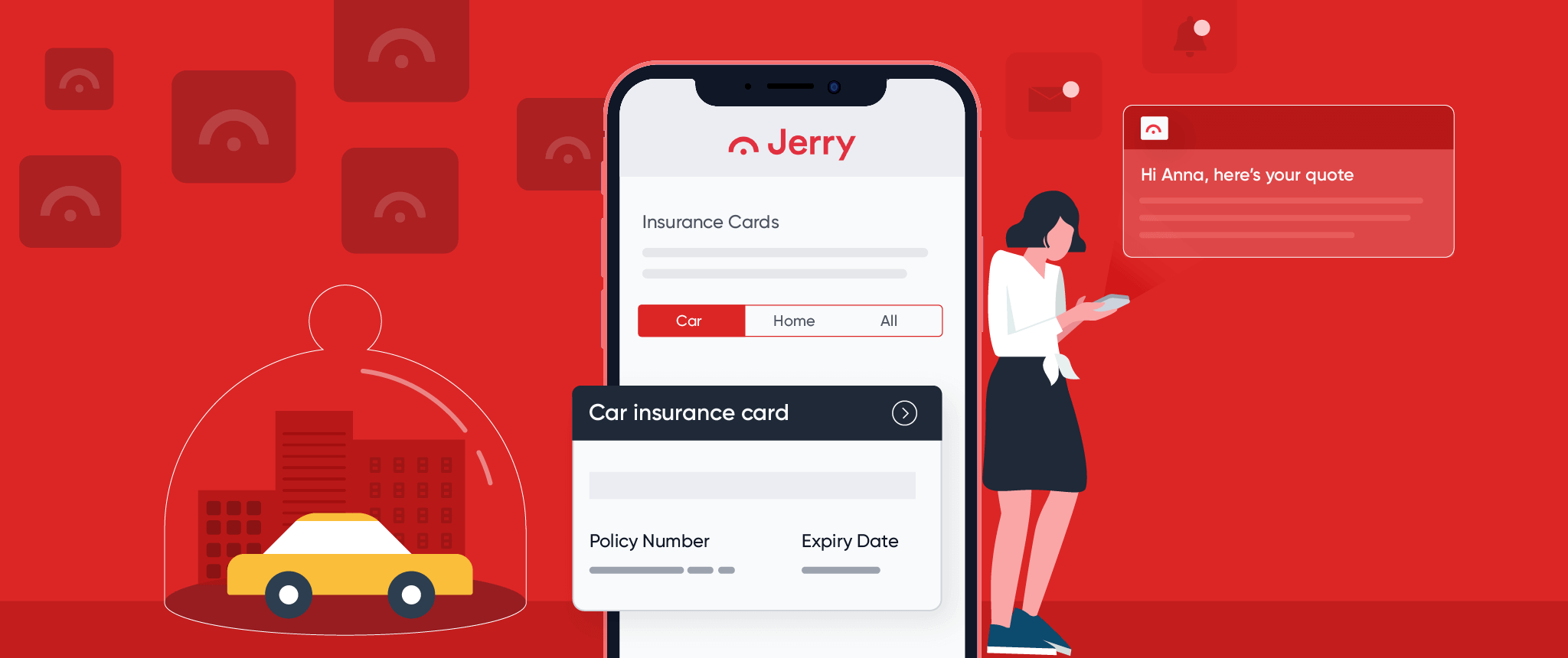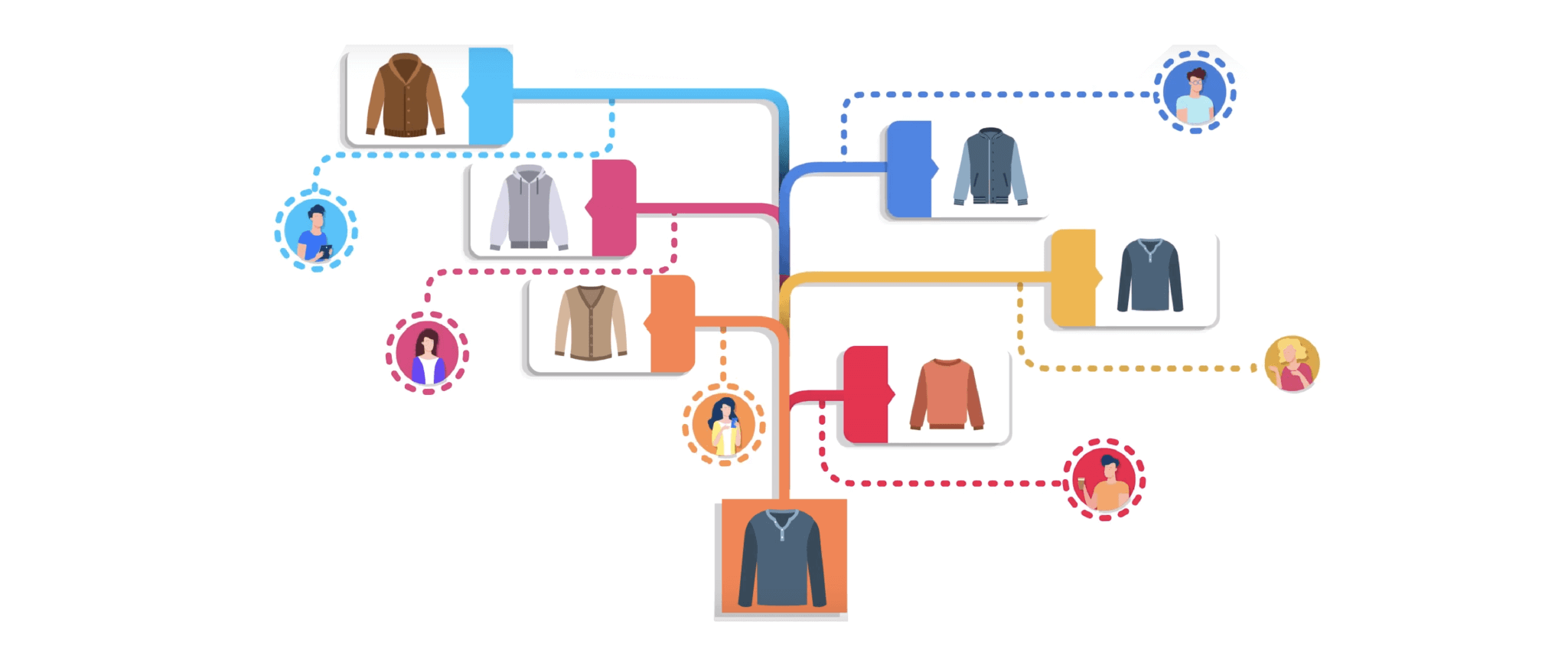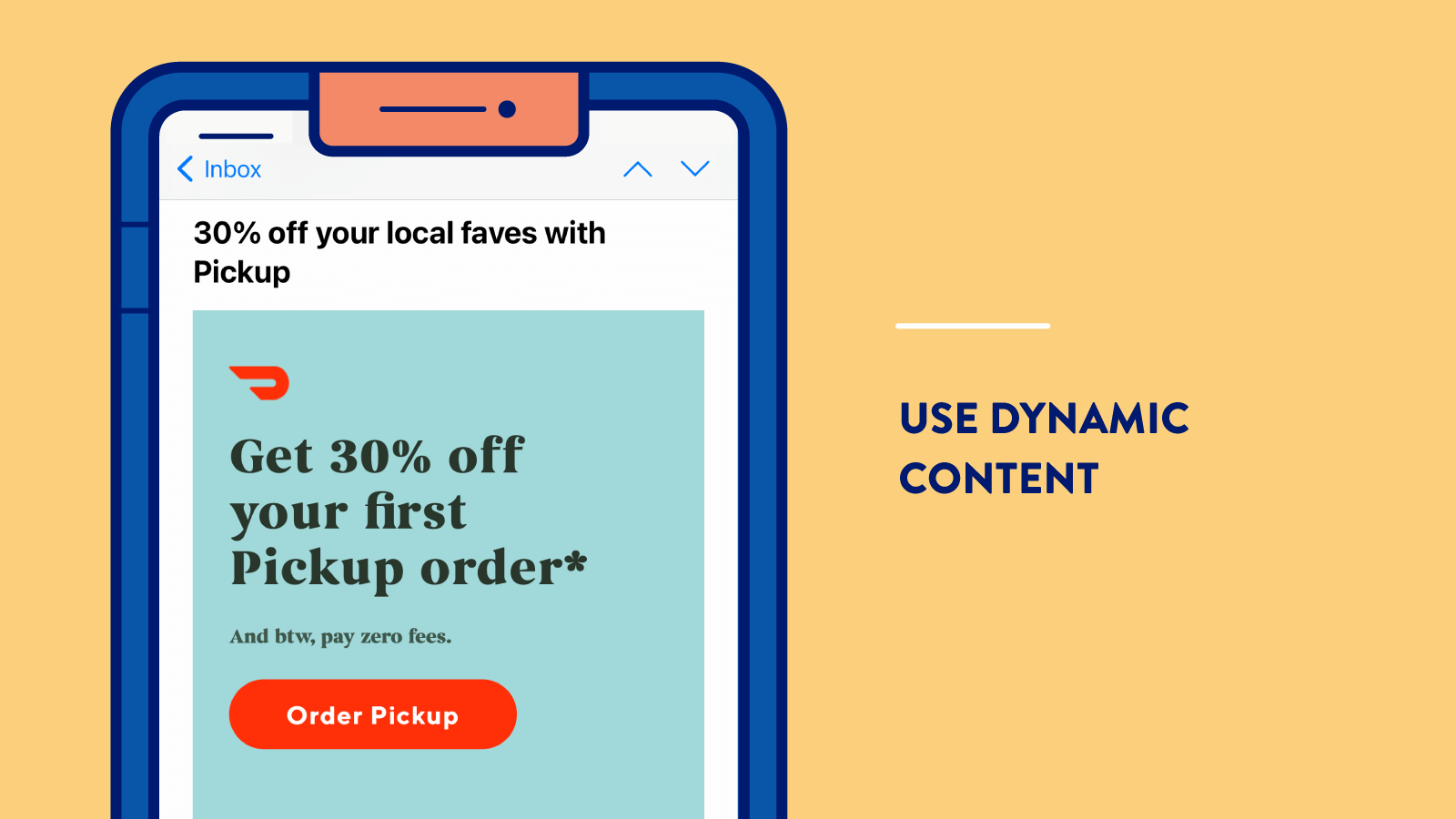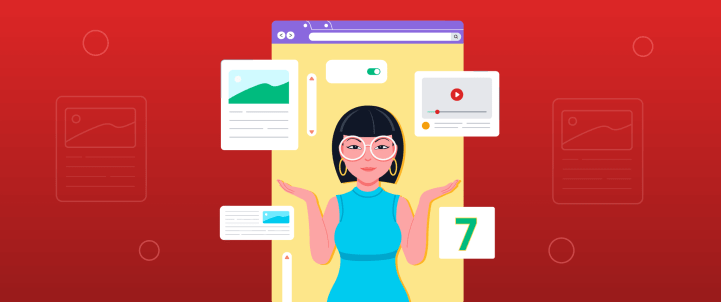Website personalization is the practice of creating customized experiences for website visitors based on their individual preferences, behaviors, and other characteristics. Personalization can help businesses improve user engagement, drive conversions, and build long-term relationships with their customers. In this guide, we explore the key aspects of website personalization and how businesses can implement effective personalization strategies.
The truth is customers demand personalized experiences from the brands they interact with. According to Eli Stein, a McKinsey Partner we talked with recently: “76% of customers we surveyed say they feel frustrated when companies don’t personalize or demonstrate that they know them.” And this extends from advertising content to relevant email offers to website personalization.
By tailoring your content and offerings to individual customers’ needs, preferences, and particularly their in-app behavior, you significantly improve customer engagement and drive conversions and LTV.
Let’s dive in and learn how to take your website personalization to the next level.
1. Data Collection and Analysis Deepens Website Personalization
The foundation of any personalization — but particularly for website personalization — is data. You need to collect and analyze data on user behavior, preferences, demographics, and other relevant information. By collecting data, you can understand customers’ needs and interests and tailor their website experiences accordingly.
- Cookies — small files that websites store on users’ devices to track their behavior on the site — used to be the most popular way to collect data. It could track what pages users visited, how long they stayed, and what actions they took. But with the top browsers blocking all third-party cookies, you’re left with only first party cookies — those that collect data on your own domain’s visitors. And those cookies can no longer track a visitor once they leave your domain.
- Another way to collect user data is through surveys and forms. These tools can be used to ask about a users’ preferences, interests, and demographics. Use this channel to understand the products or services users are interested in, what their pain points are, and what motivates them to make a purchase. Or simply collect feedback from users, which can help your brand improve the website experience and customer service.
- Analytics tools are another powerful way to collect user data. They provide businesses with insights into user behavior on their website, such as what pages are most popular, what keywords users search for, and what devices they use to access the site.
Overall, collecting and analyzing user data is crucial for effective website personalization. By understanding users’ needs and interests, you can tailor their website experiences to create a more engaging and satisfying user experience. This can lead to higher conversion rates, increased customer loyalty, and ultimately, greater business success.
2. Segmentation and Targeting: The Secret Sauce to Website Personalization
Once you have collected data, you can segment users into different groups based on their characteristics and behavior. Segment them based on various demographics, such as age, gender, and location. More importantly, you can segment them based on purchase history, such as how often they buy from you, how much they spend, what products they buy, and how loyal they are. You can even segment them based on what pages they visit, what keywords they search for, what ads they click on, and what emails they open.
Why is customer segmentation important? Because it can help you create targeted website experiences for each group of customers and deliver personalized content, offers, and even recommendations. For example, if you segment customers based on their age group, you can create different landing pages for each age group, highlighting the benefits of your products or services that are most relevant to them. You can also show them different ads on different platforms that match their online behavior and preferences. By doing this, you can increase your conversion rates, customer satisfaction, retention, and loyalty.
For example: the insurtech app, Jerry, has used personalized messaging and segmentation to great effect, combining relevant communication with multiple journeys. The result? They increased conversion rates by 20%! John Spottiswood, COO, says “We’ve micro-segmented to the point where there are almost 30 separate journeys depending on which sort of a group a customer falls into…. Each customer has a different history and a different expectation on the product, and so we need to be able to communicate that in a very individual way based on their situation.”
Just remember that segmentation is not a one-time activity. You need to constantly monitor your data and update your segments as your website visitors go through the customer lifecycle. You also need to test and measure the effectiveness of your segmentation strategies and optimize accordingly. Segmentation is an ongoing process that requires creativity and experimentation.
3. Personalized Recommendations for Effective Website Personalization
One of the most effective ways to personalize a website is through product recommendations. By analyzing user behavior and purchase history, you can recommend products that are relevant and personalized to each user. You can do this in various ways, such as product recommendations on the homepage, personalized email marketing and pop-up notifications.
One of the benefits of product recommendations is that they help increase sales. When a user is presented with personalized product recommendations, the user is more likely to click through and make a purchase. Additionally, product recommendations can help increase the average order value by suggesting complementary products to those that the user has already purchased.
Implementing product recommendations can also improve customer retention rate. When a user has a positive experience on a website and feels that their needs are being met, they are more likely to return in the future. Think: increased loyalty and repeat visits! Furthermore, this level of personalization can help to build trust with customers, as they feel that your brand understands their needs and preferences.

4. Personalized Messaging: Tell Them What They Want to Hear
Personalized messaging is another effective way to personalize a website experience. This can be done through various channels, such as pop-ups, in-app messages, push notifications, and email. Personalized messaging should include relevant content, offers, and recommendations.
“As a rule, messaging that is personalized always does way better compared to something generic,” says Meera Iyer, former CMO of Medlife, one of CleverTap’s customers whose personalized messaging campaigns resulted in a 2x increase in conversions and click-through rates (CTRs) that were 3-4 times higher than average.
For example, sending a personalized email with product recommendations to a user who has recently made a purchase can encourage them to return and make additional purchases.
Similarly, a push notification offering a discount code for items that the user has shown interest in can entice them to complete a purchase. The key is to provide value to the user through relevant content, offers, and recommendations that are tailored to their needs and preferences.
5. Dynamic Content: Show Something Unique to Each Segment
Dynamic content allows you to change website content based on each user’s behavior and preferences. Change the layout, images, and text of a website when it matches a user’s location, browsing history, or preferences. This helps you create a more engaging and personalized experience for users.
One of the benefits of dynamic content? It increases customer engagement. When users feel that a website is personalized to their needs, they’re likely to spend more time on the site and explore additional content.
Another advantage is that it leads to higher conversion rates. This personalized dynamic content can increase the chances of a user taking a desired action, such as making a purchase or filling out a form.
6. A/B Testing: Key to Website Personalization
A/B testing allows you to test different variations of your website or landing pages to discover which variant performs better. By testing different personalization strategies, you can identify the most effective methods and improve website performance.
- One of the key benefits of A/B testing is it allows you to test different personalization strategies. By testing different variations of a homepage with personalized product recommendations, you can determine which layout and recommendation strategy leads to the highest conversion rates.
- A/B testing also allows you to identify areas for improvement on your website. By analyzing data from the tests, you can identify which elements of the website are not performing well and make data-driven decisions to improve engagement.
- A/B testing can help you refine their personalization strategy over time. By continually testing and refining different variations of website content, you develop a deeper understanding of users’ behavior and preferences.
7. Automation: Let the System Do the Heavy Lifting
Automation allows you to set up personalized campaigns that are triggered by specific user actions or behaviors. For example, set up automated campaigns to send personalized offers or reminders to users who have abandoned their carts or browsed certain products. The advantages are clear:
- Automation saves time and resources. By automating marketing campaigns, you can set up campaigns that run 24/7, without the need for manual intervention. It gives you time to focus on other more strategic areas of the business while still providing a personalized experience for users.
- It allows you to provide a more consistent user experience. Setting up automated campaigns triggered by user actions means that users receive personalized messages at the right time, every time. It’s seamless, consistent, and builds trust and loyalty.
- Finally, automation helps improve their ROI by driving more revenue from your marketing campaigns. Your personalized offers and reminders have the potential to increase conversion and thus revenue. For example, by sending personalized product recommendations to users who have browsed specific products, businesses can encourage them to make a purchase and increase their lifetime value.
Website Personalization Increases Engagement
Website personalization is a powerful tool that you can use to improve user engagement, drive conversions, and build long-term relationships with customers. By collecting data, segmenting users, and delivering personalized content via your website you build a more engaging and personalized web experience for users.
That’s something we know a lot about! Here at CleverTap, we help brands like yours enhance customer engagement and build long-term relationships with customers. And personalization is our wheelhouse. Our platform allows you to deliver personalized messaging, behavioral segmentation, automated campaigns, A/B testing, and personalized in-app experiences that grow LTV and create a loyal audience. Find out how we do it.

See how today’s top brands use CleverTap to drive long-term growth and retention
Shivkumar M 
Head Product Launches, Adoption, & Evangelism.Expert in cross channel marketing strategies & platforms.
Free Customer Engagement Guides
Join our newsletter for actionable tips and proven strategies to grow your business and engage your customers.















































